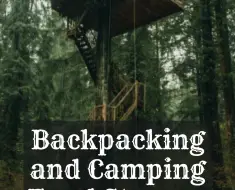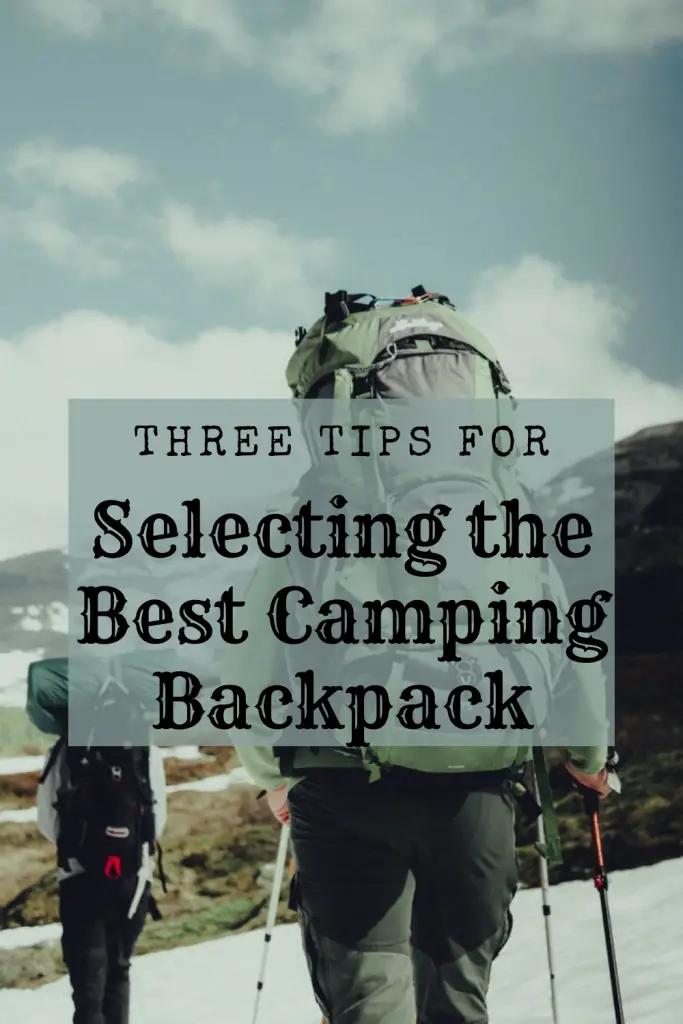
“It’s just a bag” That’s what most inexperienced campers say. Unknown to them, the choice of bag is no trivial matter as any serious camper will testify. You will never appreciate how a good backpack can benefit your trek until you try going on a major one using an ill-fitting pack. That is why picking the best camping backpack is so important.
Don’t believe me? Then take for example the experience of a trekker who went on a trip to the Appalachians in 1994. Instead of an exhilarating camp experience, he had to go home broken and bleeding from the weight of an ill-fitting pack damaging his hips. A decade later – with him a lot wiser and experienced – this hiker, accompanied by a better-fitting pack, covered 960 miles of terrain! This was a much greater experience than having his trip cut short due to terrible equipment. The pack was the main difference here that allowed him to be successful.
This is why having the right backpack is so important. Now that you know how important a good pack is, here are a few tips to help you choose a good pack for the journey that lies ahead.
1. Know What You Need Before Picking the Best Camping Backpack
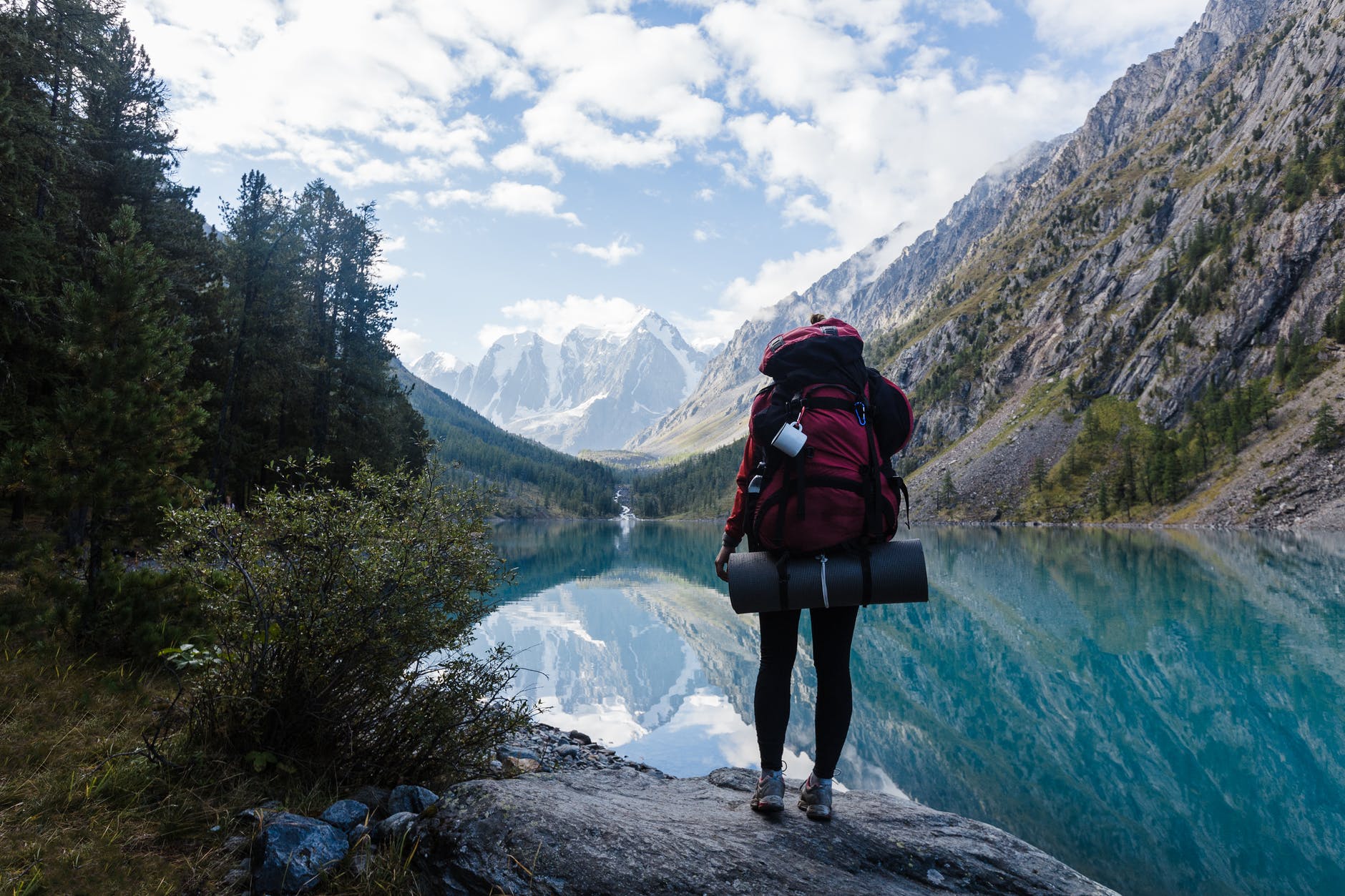
Hikers and campers vary sharply in camping preferences, some are very minimalist in nature and take only the bare essentials. Others take a lot more equipment on their trips. The amount and type of equipment you bring will definitely shape the decision you make towards picking the best camping backpack for you.
First, you will need to identify what type of trips you will be taking. Will most of your trips be weekend trips, will you be doing long-term hiking or true expeditions. Each type of backpacking trip will require a different size pack. Internal frame backpacks come in three general size ranges which are identified by the volume of the pack.
- The weekend hiking pack is 30-50L
- The multi-day pack at 50-70L
- The extended trip pack at 70L
As you can see the packs range in sizes from plus or minus 20L. This should give you enough additional space on the inside in order to have all of the things you need on a standard backpacking trip. Additionally, don’t forget that many of the packs come with ways to attach items externally. Though these will not have protection from the elements.
You can then do some simple computation on your space needs. Most capable sales representatives can give you the amount of space their bags offer. If not feel free to check the tag of the unit you are looking to purchase. When doing this try using the measurement for the amount of equipment you take for the longest trip you expect to go on.
2. Is it Comfortable
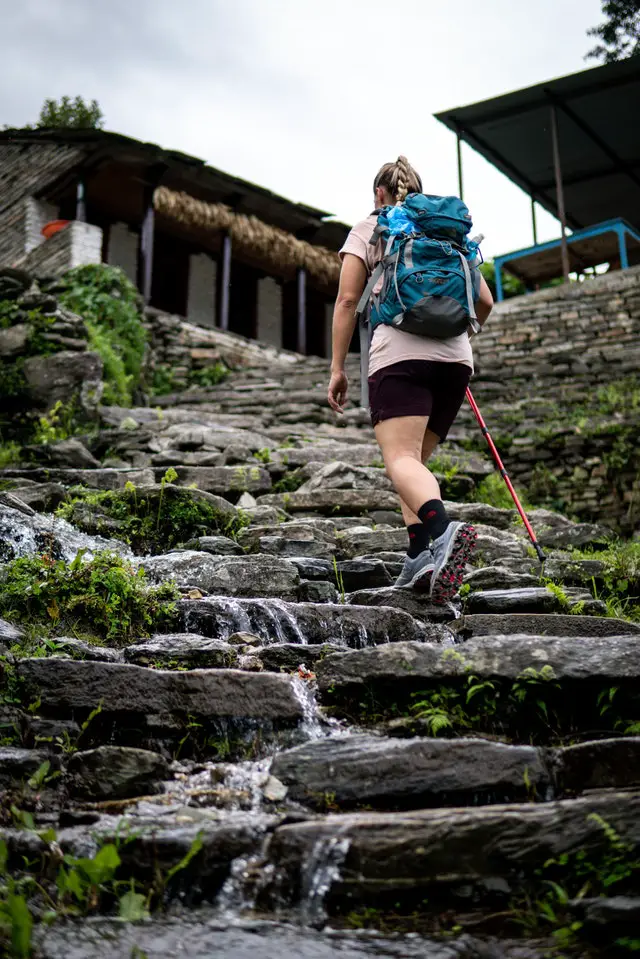
This is probably the most important consideration when choosing a backpack. The goal of every good camping bag is to help campers carry the most amount of weight with the least amount of effort – and inconvenience for that matter.
Good packs distribute weight efficiently, allowing you the maximum comfort when carrying the pack. To know how well a pack does this, you will have to test the pack itself. Most camp stores will have sand weights to place in the pack so that you can test how the pack holds up to the weight. You will have to carefully consider how comfortable these packs are before even considering them for purchase.
A rule of thumb to remember is that the shoulder straps should carry about 30% of the weight, while the hips – being a lot more stable should carry about 70% of the weight. When testing the pack, make sure the shoulder straps are not uncomfortable or restrictive. Try moving around in them to see how much mobility the backpack gives you. Most packs also have a sternum strap. These straps help stabilize the backpack. Sternum straps should be positioned below the collarbone to ensure comfort and stability.
The hip belts on the other hand should not constrict your breathing, nor should they be too thick that they reduce your mobility. Designs always vary and backpack companies are always heralding a “new and improved” technology for campers to try out. The only way to really know if these new bags work is for you to try them out
Comfort considerations when picking the best camping backpack
First, you need to determine your torso length as this may help you initially weed out some of the longer or shorter packs. Most stores will be willing to measure you. However, if you would prefer to measure at home follow these steps. Remember that your torso length is going to be some subset length of your height. It is important to be accurate for this as it will determine how the pack sits on your back.
Second, consider the suspension. The suspension is how the weight will be distributed between the hip belt, shoulder straps, and sternum strap. You want to make sure that each of these straps is snug but not so tight that circulation is being cut off. You also want to avoid chaffing. The straps should conform to your body. Ensuring that your straps fit correctly will mean that all of the weight should be distributed instead of all resting on your shoulders or hips.
Finally, you want to consider the back panel. In most instances, these are going to be padded. Yes, there will be sweat! So, you want to make sure that the back panel has enough airflow that you don’t feel like a hot soggy mess when you are done.
3. Choose Your Frame
There are two types of frames to choose from – internal and external. Picking the best camping backpack frame again comes down to the type of use that you plan on doing. Understanding what your requirements are is first and foremost. Will an internal frame work on a short trip with a short distance, yes, but you may not need the extra support or cost.
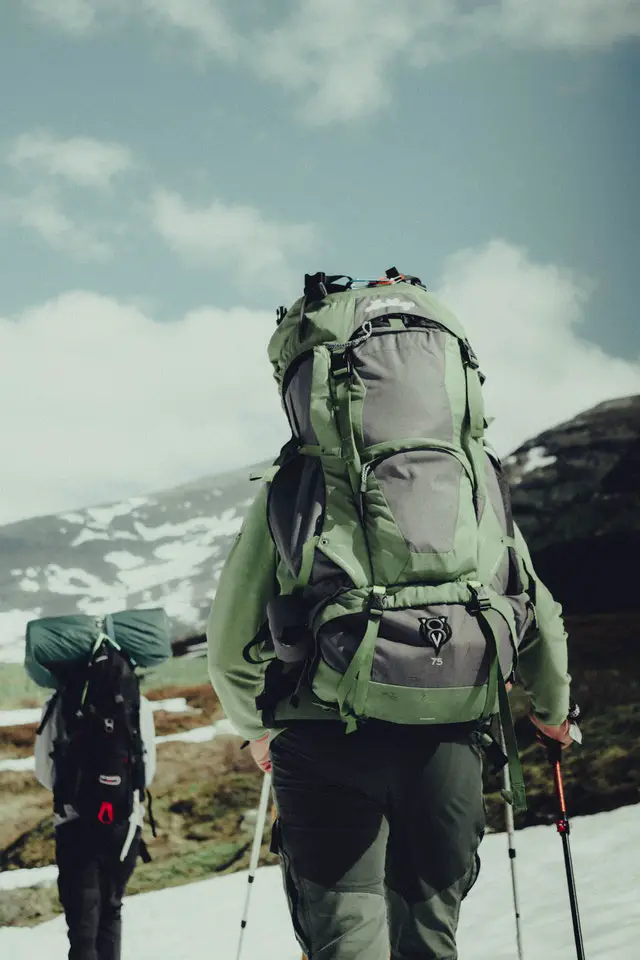
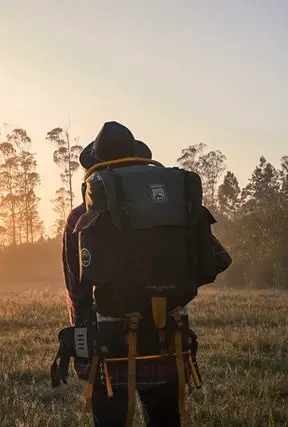
Internal framed backpacks are slimmer and hug your body closer, making them ideal for hard trails since they are so maneuverable and do not restrain mobility. They are a bit harder to load though. They do provide rigidity and weight transfer to hips in a more efficient manner.
External framed backpacks are great for beginners on easy trails since they are easier to pack. You will quickly be able to tell its external because the metal frame will be visible! These are wider and cause weight to be farther from the body after loading. They are a bit stiffer, less stable. and may restrict mobility. However, they are easy to organize. An external framed backpack is the best type of backpack for children, beginners, and heavy sweaters though.
Extras Tip When Picking the Best Camping Backpack
We all love to have extras right? A little bonus to make our gear more effective! Well, packs are no different. So when picking the best camping backpack you may also want to consider whether the pack is compatible with weather sheets. Weather sheets or a Rain Cover will help protect your pack against the elements. This is very beneficial when you know you will be hiking in an area where storms can crop up so quickly. Also, you may want to consider how attachments can be adapted for your pack. Most packs have rings and snap-on pieces that allow for accessories to integrate with your pack. This can hang extra gear on the side, but you will want to ensure you balance your weight!
We have more selection criteria and pack suggestions ready for you!
Picking the Best Camping Backpack Final Thoughts
In the end, a good pack is almost synonymous with a great trek. Choosing a good pack will definitely enhance your camping experience tenfold. Choose carefully, since your backpack will probably be your most trusted companion on all of your camping trips. The whole point of the backpack is to ensure that you have something comfortable that you can bring your gear in. Otherwise, you may end up broken and beaten on the trail. Getting demoralized is a sure way to end what could be a fantastic experience. So remember, it is not “just a bag”. It is your home away from home and it should be just as comfortable.
What kinds of things do you look for when selecting a backpack? Tell us in in the comments below, on our Facebook, or on Reddit!




